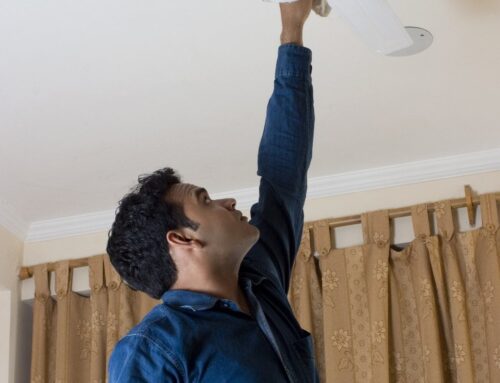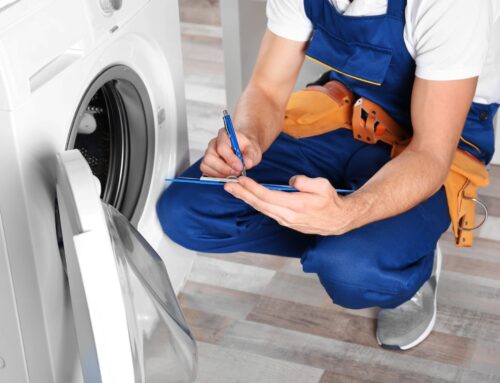Are you in the dark about pilot lights?
Though many new homes and devices have done away with the gas pilot light, you’re still likely to run into one at some point in your life. Nobody really ever explains how to use one, though, or what they’re for. We’re here to help you out!
It’s time to demystify this machinery and learn everything there is to know.
What Is a Pilot Light?
A pilot light is a device used to ignite a gas-powered machine. These machines may include:
- Heaters
- Stoves
- Furnace
- Gas fireplace
The pilot light is a small, standing flame in the machine that is meant to stay active at all times. When the machine is powered on for use, this pilot light functions to ignite the gas needed to fuel the machine.
How Does It Work?
The pilot light is typically a small flame within a gas-fueled heating device.
It is meant to stay lit at all times. The flame is fed a continuous amount of gas in small quantities, just enough to keep it aflame.
When you turn on your heating appliance, what you’re doing is opening the main valve in the appliance to release gas. This main line opens next to the pilot light. When you turn on the machine, the gas is released and the pilot light ignites it.
In newer models, there are safety shut-off features in case the pilot light ever goes out. However, not all appliances include this feature, so check with the manufacturer to see what your device includes.
Risks of a Pilot Light
If your pilot light goes out, watch out!
In older appliances, an unlit pilot light will still emit gas. This gas builds up inside the device and inside your home, which can lead to accidental fires.
Follow these guidelines to best ensure your safety with a gas pilot light:
- Always follow the manufacturer’s instructions
- Do not allow children to operate the machinery
- Make sure the area surrounding the appliance is well-ventilated
- If you smell any gas odor, do not light the pilot light — evacuate immediately
- If possible, shut off the main gas supply valve
- Once evacuated, report the potential gas leak
In newer appliances, gas-powered pilot lights have been replaced with electric ignitors. These only function when turned on, using electricity to ignite the gas-appliance rather than a flame. Much safer!
Conclusion
The pilot light may be a simple device, but it should not be taken lightly!
Follow all manufacturer instructions when necessary. You might consider replacing your old, gas-powered device with an electric equivalent. They are much safer and use only the needed amount of propane to fuel the heating elements.
Contact us with any questions and we’ll see what we can do for you! We offer many services for home care, such as HVAC installation and repair of your home appliances.






